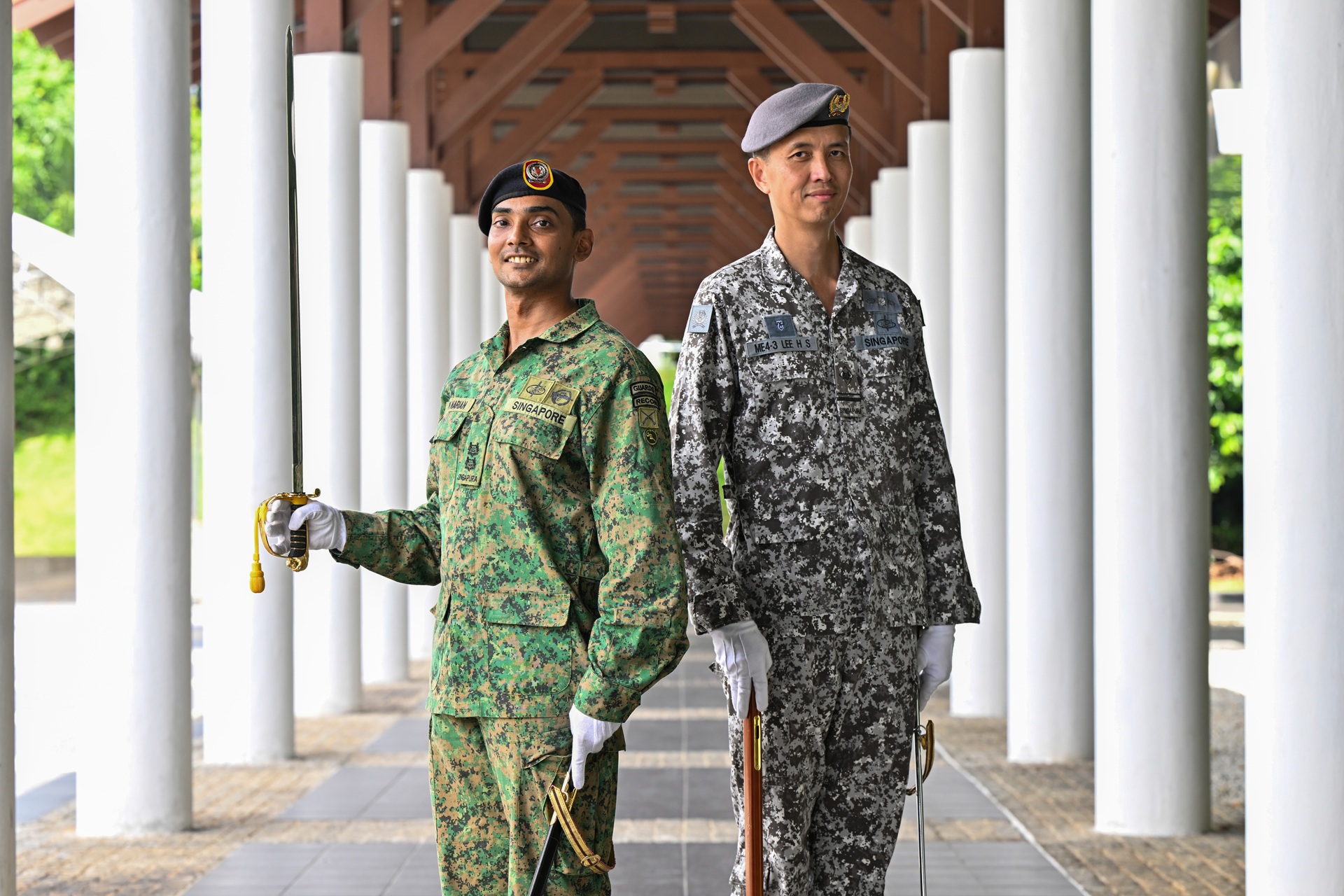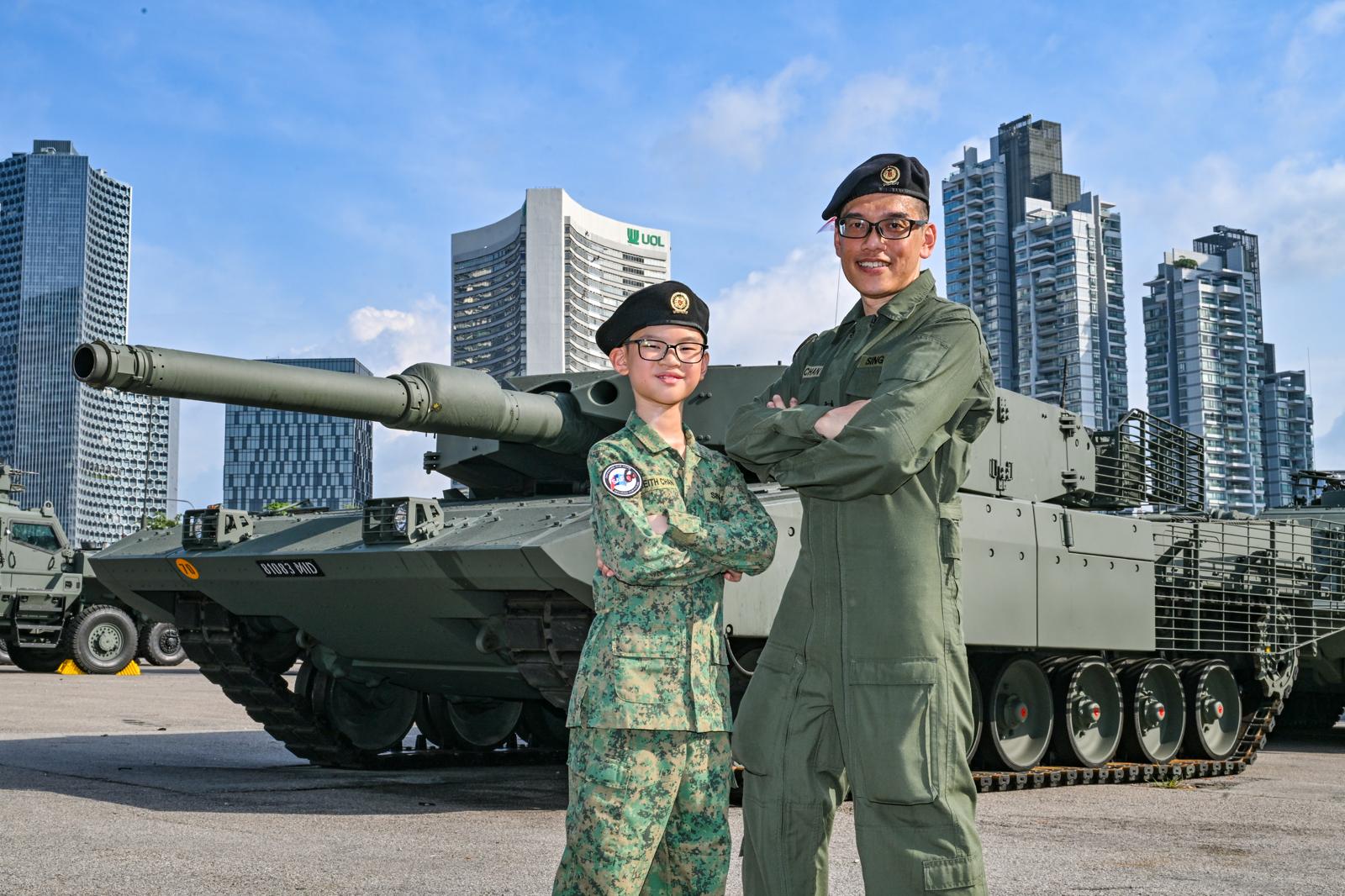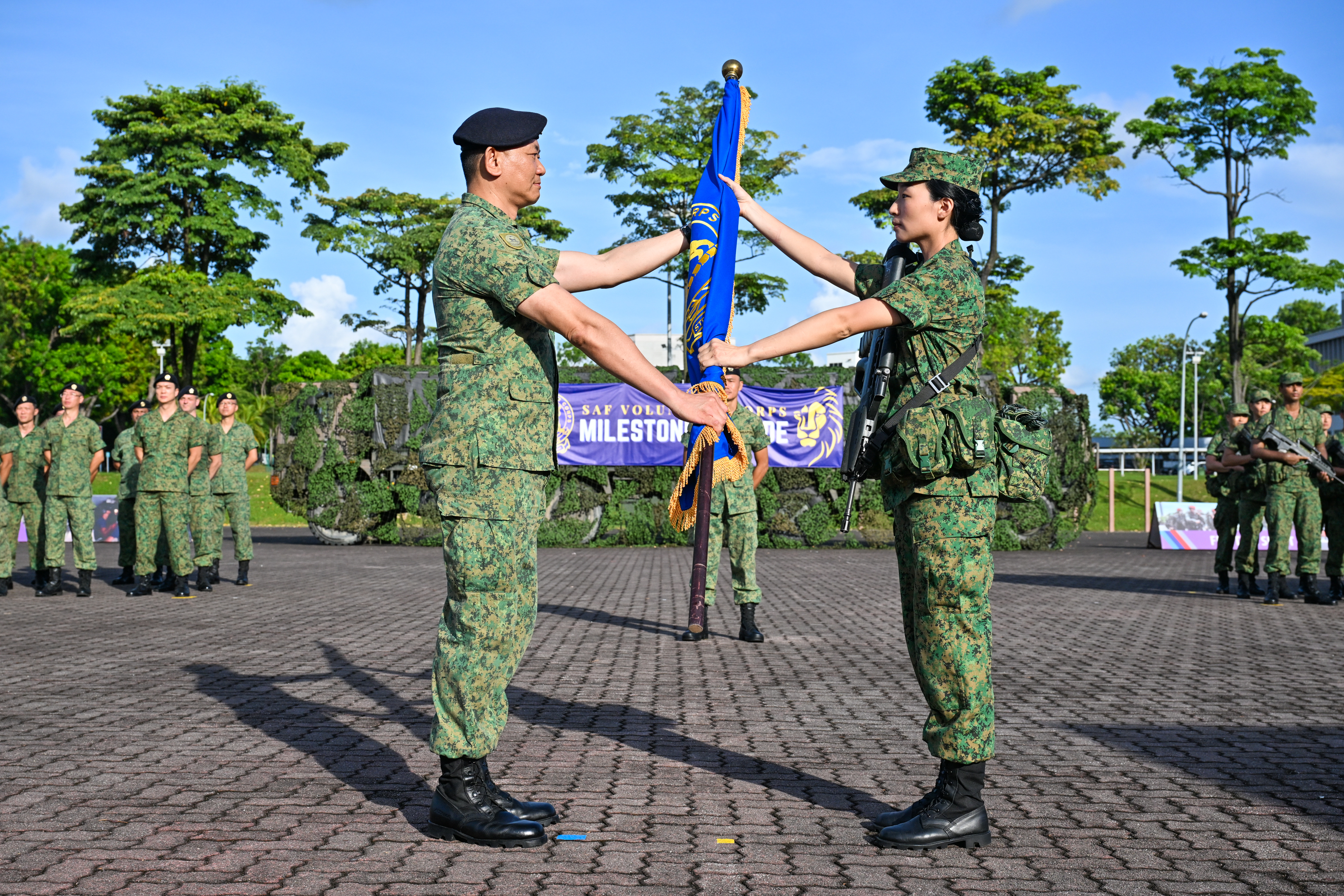UPGRADED F-16S, TANKER JETS DEBUT AT US EXERCISE
This year's Exercise Forging Sabre sees the use of upgraded F-16 fighter jets and tanker aircraft for greater precision and more effective operations.Fly further, target earlier, attack faster – The Republic of Singapore Air Force (RSAF) is getting a boost in aerial warfighting with the upgraded F-16C/D fighter jets and Multi-Role Tanker Transport (MRTT) at Exercise Forging Sabre 2023.
These upgrades will increase the RSAF's lethality, survivability and endurance, enabling airmen and women to take out targets with precision.
The F-16's new Active Electronically Scanned Array (AESA) Radar will provide pilots with better situational awareness, flexibility and all-weather targeting with air-to-air and air-to-ground munition. It is also able to detect and engage more targets from further away.
The upgraded F-16 is equipped with all-weather ground-attack capabilities that enable it to attack with weapons like the Laser Joint Direct Attack Munition (LJDAM).
Where F-16 pilots used to have to eyeball their targets and contend with clouds and inclement weather, they now lase the bombs to their targets and know that the weapons will strike with precision and accuracy.
The plane's Link-16 datalink capability also allows pilots to share target information with other air and ground forces, enhancing their situational awareness while up in the air.
Lieutenant Colonel Tan Yong Chin, who has flown both the older F-16 models and the upgraded ones at Exercise Forging Sabre, saw that the upgrades were a game-changer not only to the aircraft, but to the exercise missions as a whole.
Said the 37-year-old, who is Peace Carvin (PC) II Detachment Commander: "With the upgraded F-16s, we can achieve our mission objectives in a more efficient and effective manner.
"We can also integrate better with other fighter assets like the F-15SGs by sharing a common situation picture. (All this has) allowed us to contribute a lot more to the SAF's warfighting."
F-16 flight line crew Military Expert (ME) 1 Celeste Cheong has seen how the jet's upgraded avionics have helped to lighten the workload of her colleagues.
The new Modular Mission Computer (MMC), that controls the F-16's systems, now runs on individual circuit cards which control specific functions. If there is a fault in the system, the MMC is able to point out the faulty card so that maintenance crew need only to replace that specific card.
This takes away the burden of troubleshooting on a single large and bulky system that the crew used to maintain.
Although ME1 Cheong, 26, has been in PC II for close to two years, this is her first time at Exercise Forging Sabre. The Air Force Engineer (Maintenance), who specialises in engines, cross-trained to become a flight line crew member here.
"Cross-training allows us to be self-sustainable here at PC II – I can be forward deployed to do aircraft launch and recovery, and my knowledge in engines means I can respond to engine faults that arise."
Via a system similar to facial recognition, the MRTT's new Automatic Air-to-Air Refuelling (A3R) system can identify the type of aircraft it's receiving.
The boom will automatically extend and align itself with the receiver, and retract when refuelling is complete. When the receiver is ready to disconnect, the A3R system will automatically move the boom out of its way for the aircraft to peel off.
At present, A3R can be carried out on F-16s and other MRTTs. Trials are underway to increase the types of aircraft it can refuel, including the RSAF's suite of F-15SG fighters.
Although the process is automatic, Air Refuelling Operators (AROs) still keep their hands on the control and their eyes on the display screens, ready to take over in situations such as turbulence.
The MRTT's Boom Enhanced Vision System allows AROs to work from a console in the flight deck while viewing the refuelling via 3D cameras and with their 3D glasses for enhanced realism.
In the past, AROs operating on board the RSAF's old KC-135R tanker had to control refuelling operations while laying prone and looking out the back of the aircraft from a small window.
Now on the MRTT, refuelling is much less physically taxing, and AROs can carry out operations for a longer period of time.
The A3R system has not only reduced physical strain, but also freed up AROs to focus on other areas pertaining to safety, said 2SG Vikneshvar s/o Vijayandhran.
"The A3R reduces manual labour so we have more capacity for other essential tasks during tanking, such as time management and receiver formation management, where we facilitate the flow of receivers moving from the wings (of the MRTT) to the aft to take gas," explained the 25-year-old ARO.
"It's definitely made air-to-air refuelling more efficient."
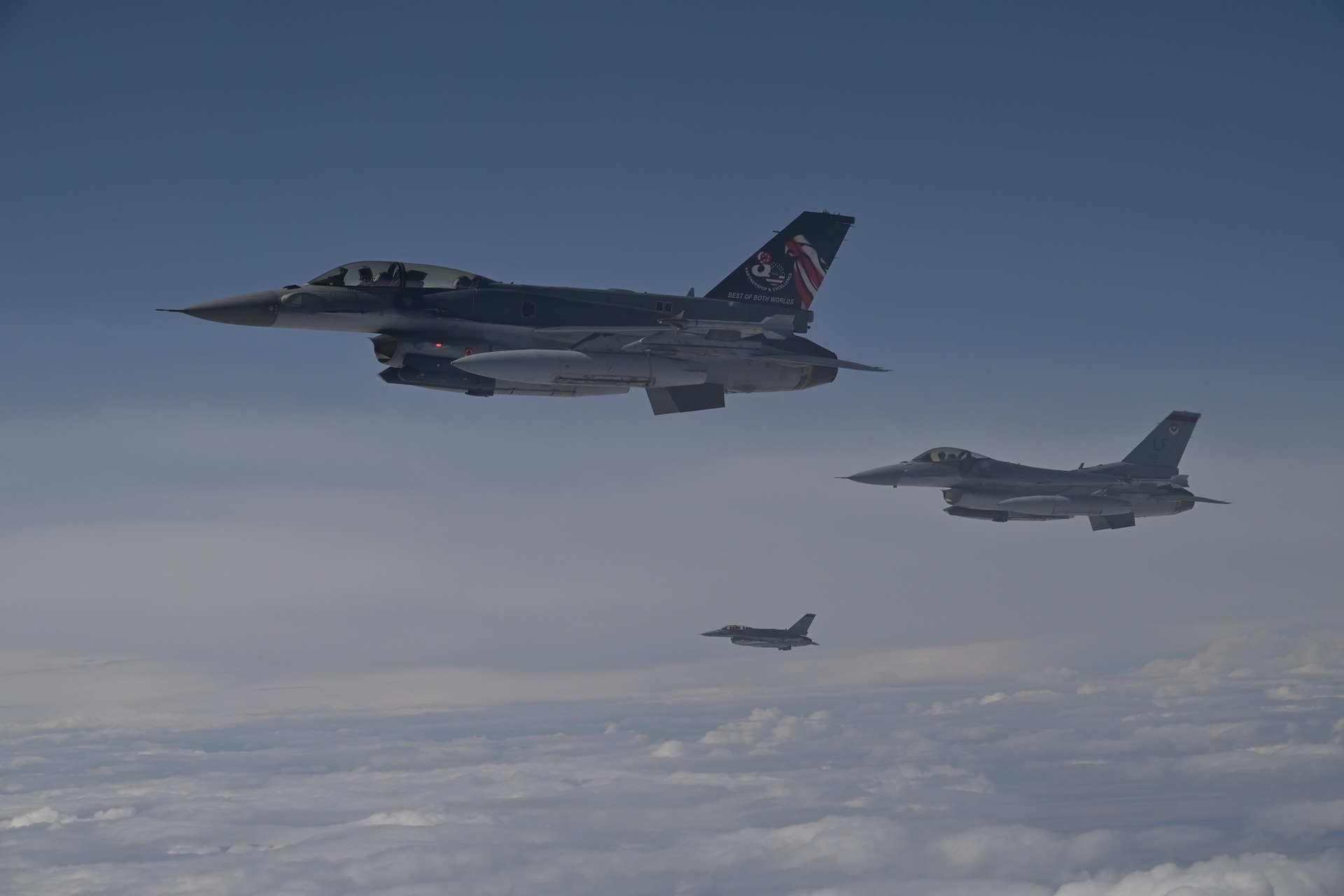
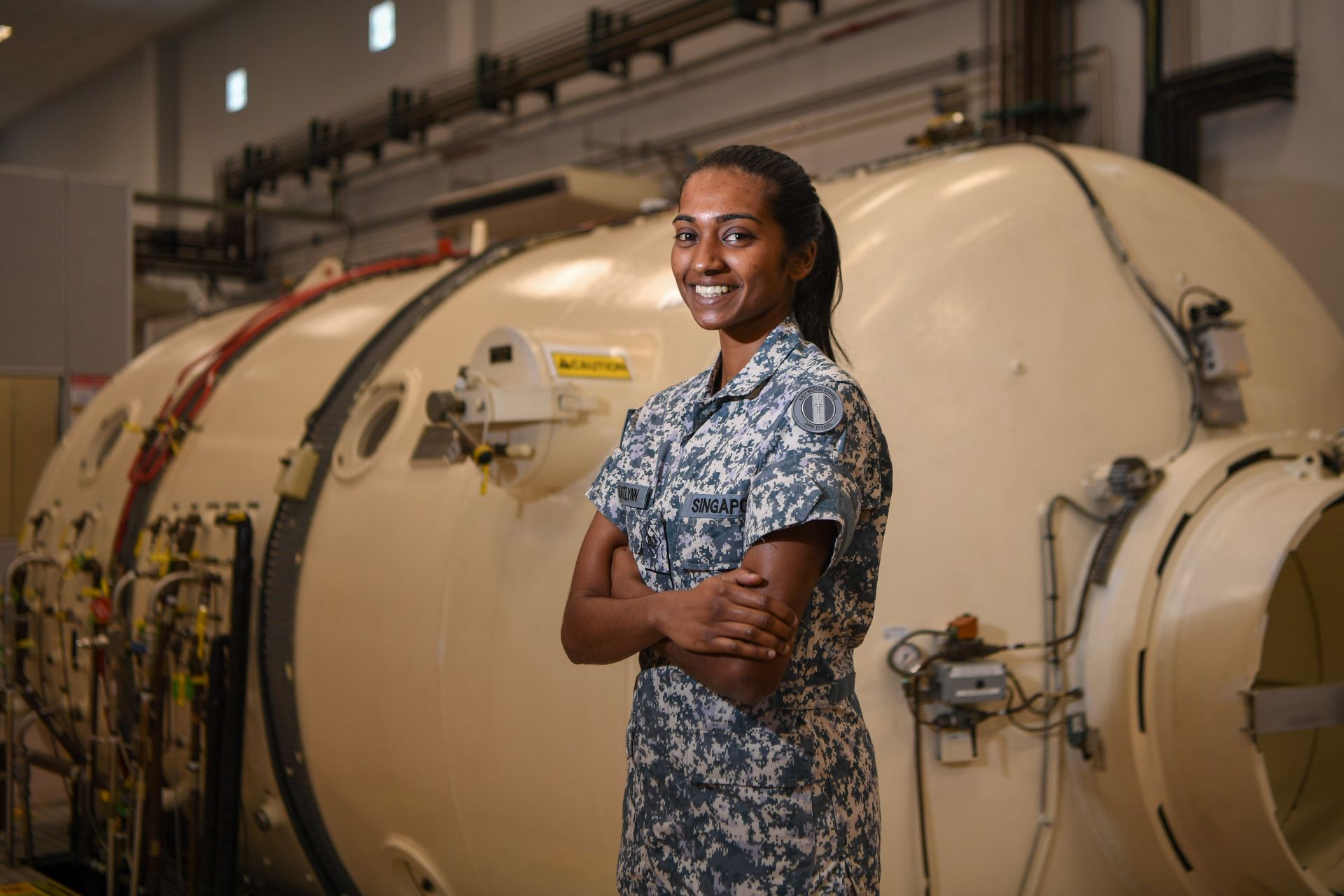
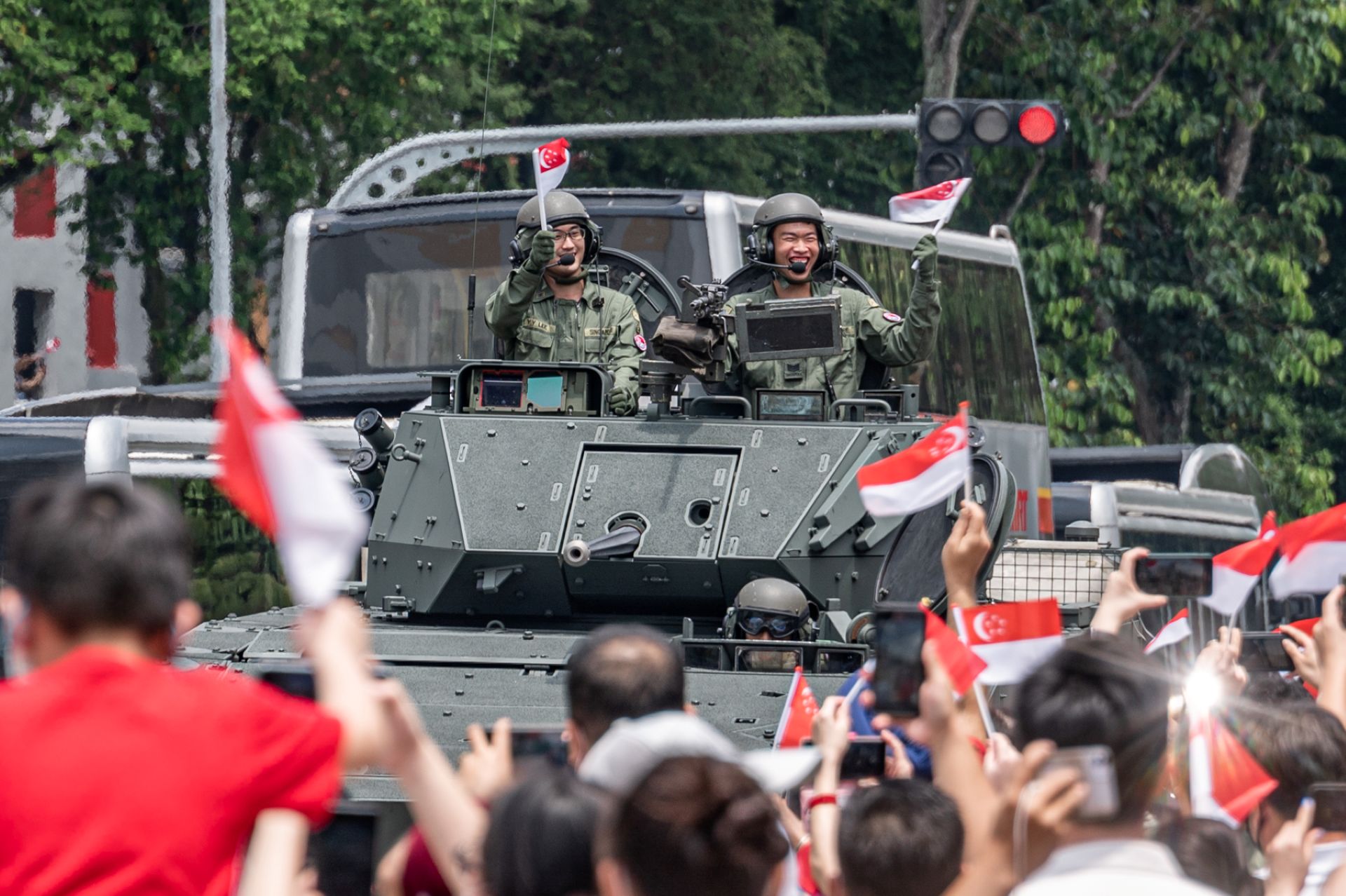
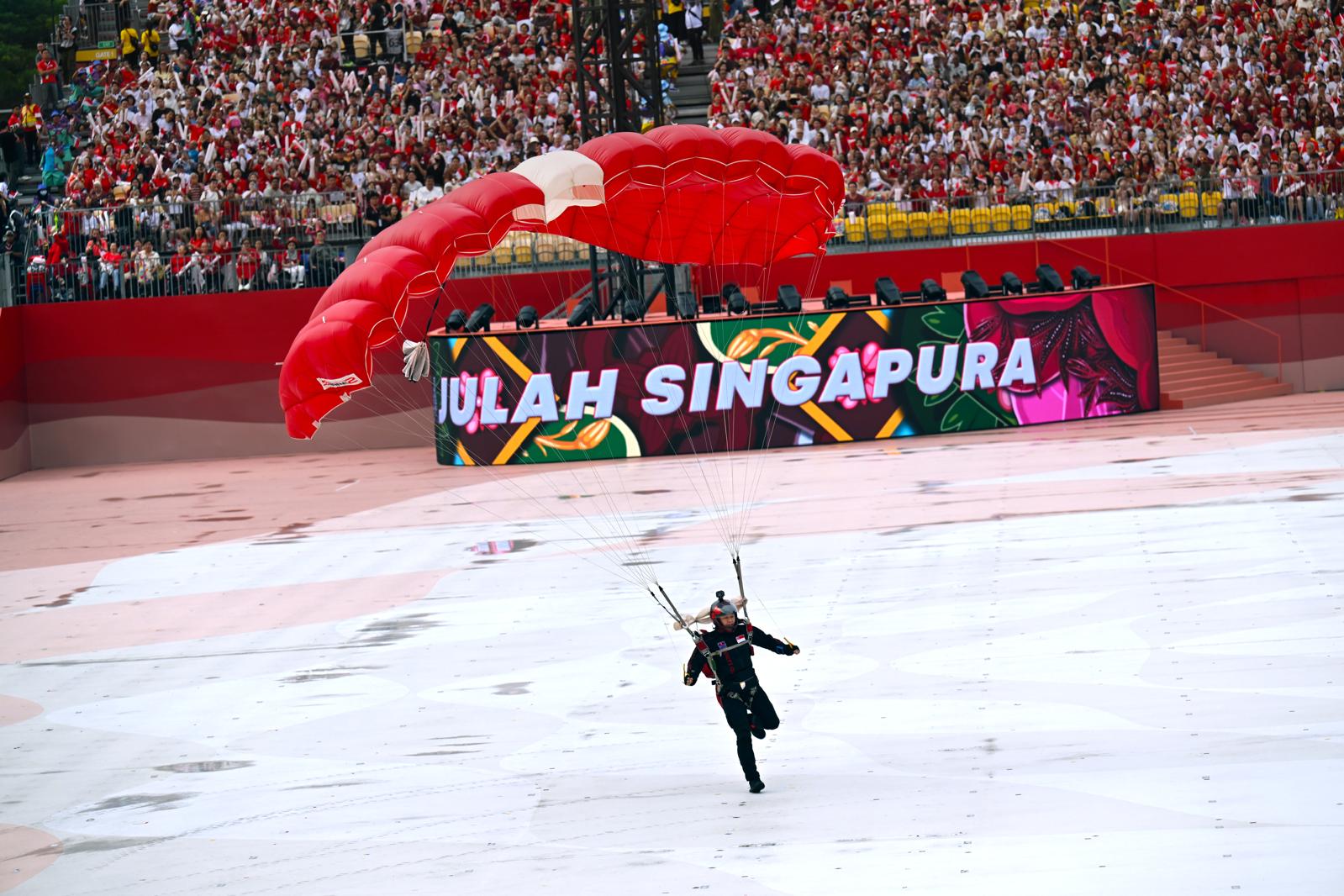
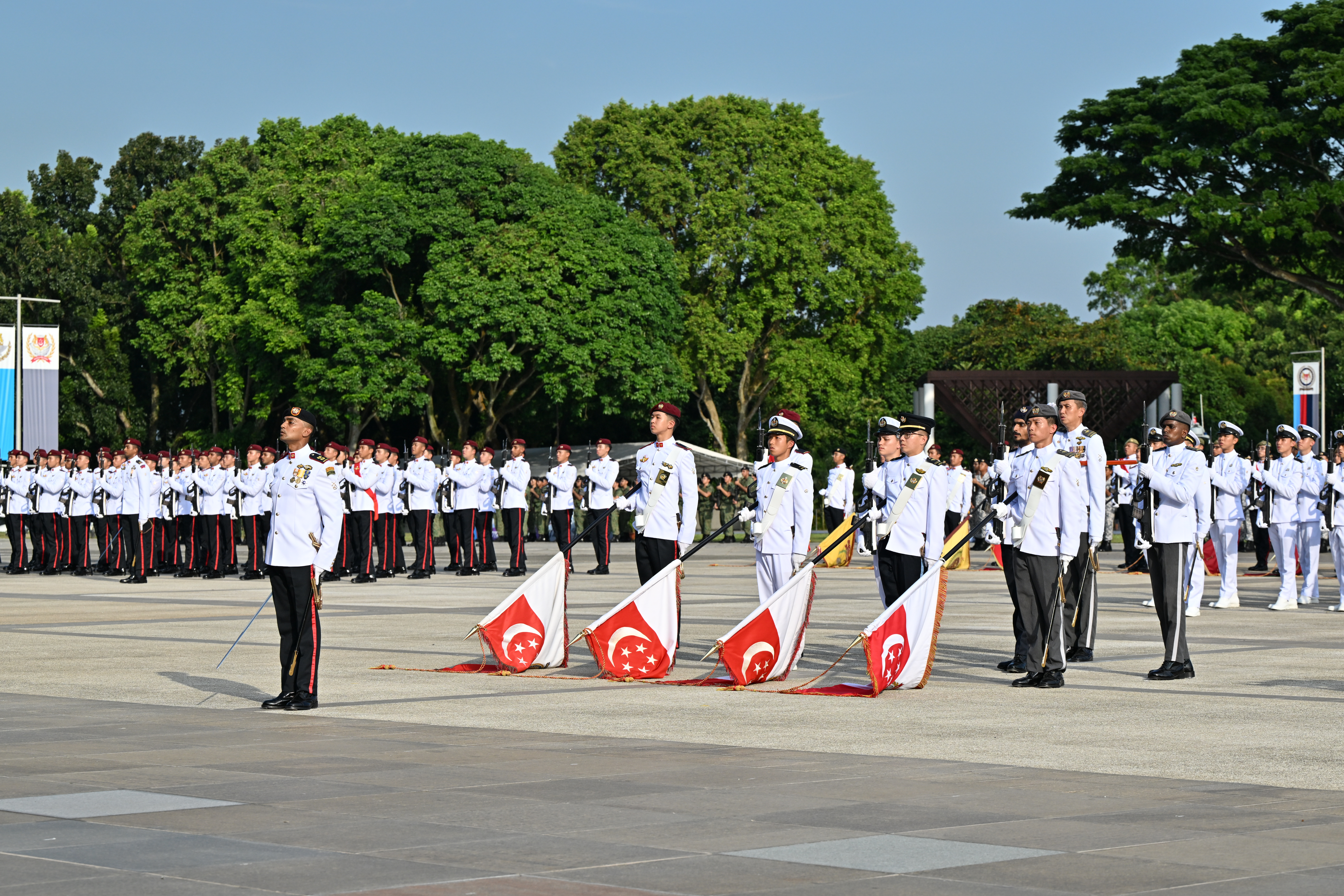
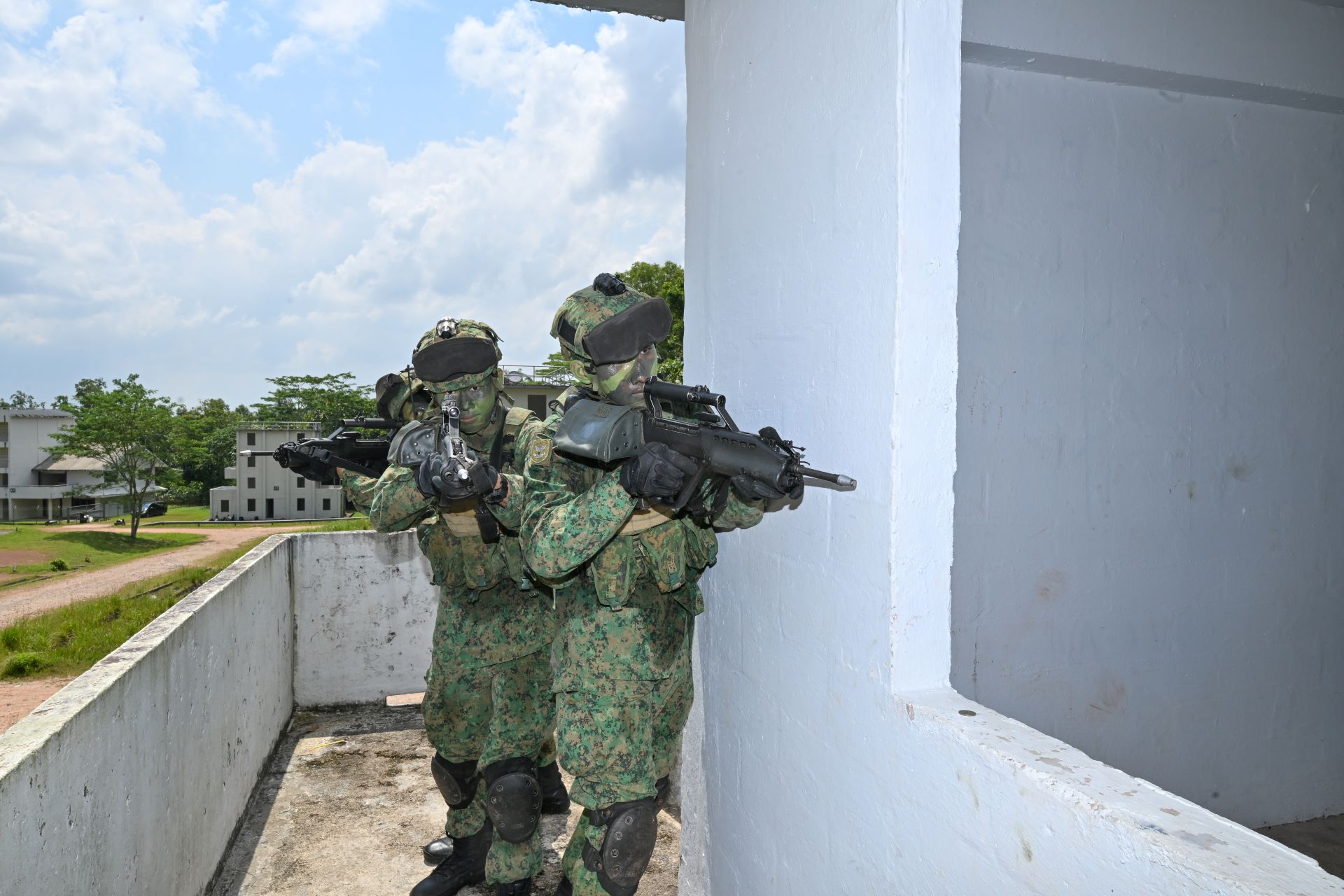
.jpg?sfvrsn=b5383902_1)
.jpg?sfvrsn=4eb1b86e_1)
